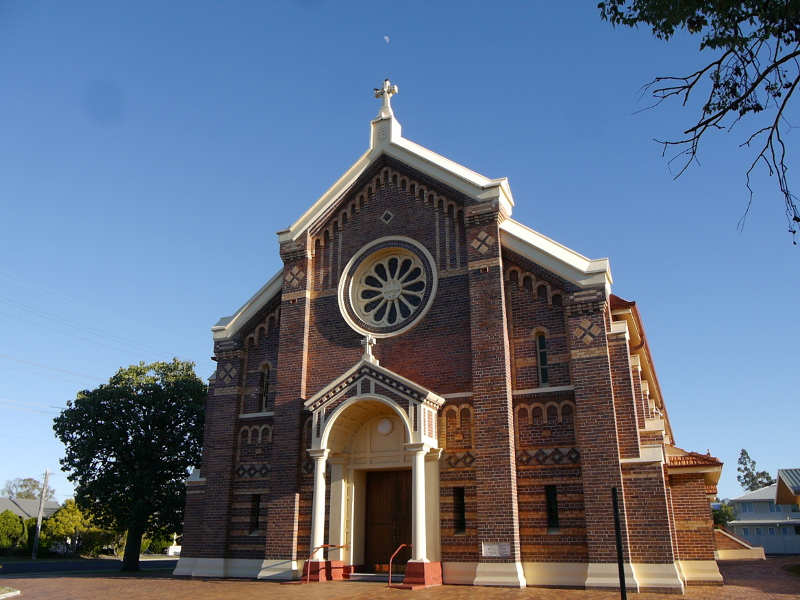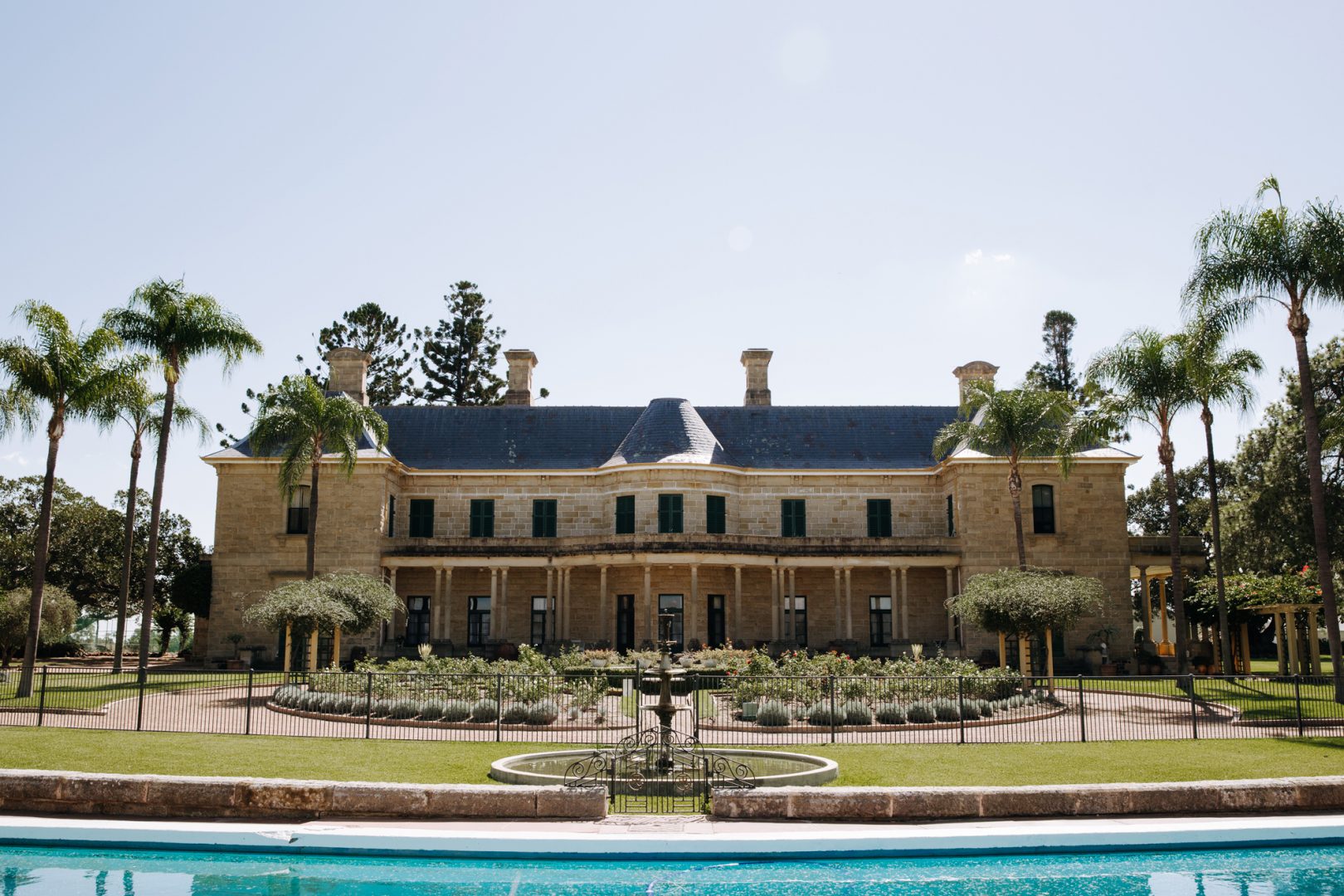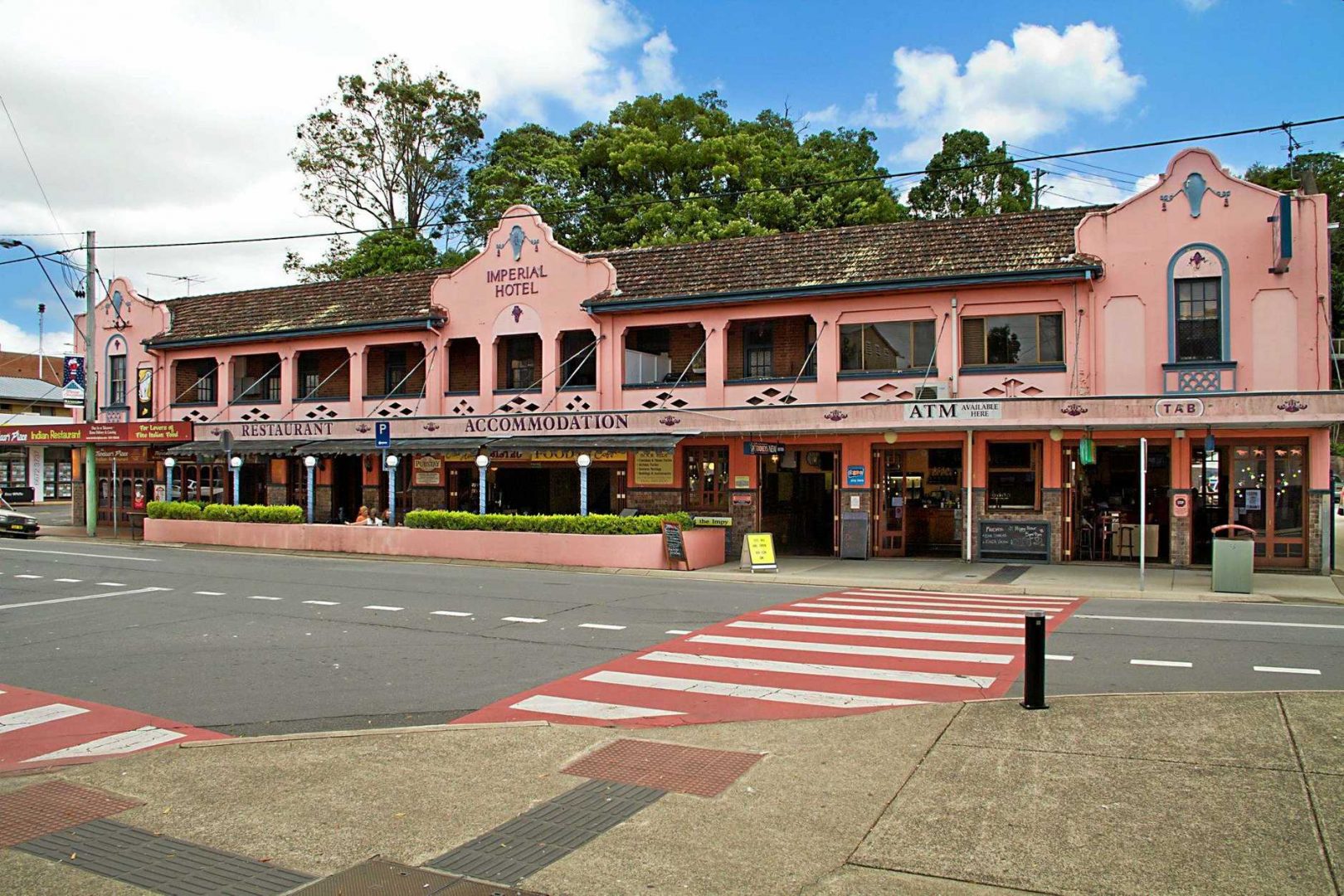If you need to travel to South Queensland, Australia, put Dalby on your must-see list and take note of these five activities.
All roads lead to Dalby. Well, they do the Warrego, Moonie and Bunya motorways. Built on the black soil plains of northern Darling Downs, this vibrant small town has a rich history waiting to be explored. If you need to travel to South Queensland, put Dalby on the must-see list and list these five activities
1. St. Joseph’s Catholic Church

The walk commences at St Joseph’s Catholic Church which was erected in 1921 when the late Monseigneur TJ Nolan saw the need for the increasing congregation. Built in Romanesque style, the church features columns topped by arches in the dome, doors, and windows. The barrel ceiling of pressed metal is featured in many of the great basilicas in Rome. The beautiful Rose window on the back wall is a memorial to the fallen of World War I.
2. Art Centre

A primitive hut on the bank of the Myall Creek below where the Art Centre stands served as Dalby’s first Bath House. The bore baths attracted visitors to enjoy the invigorating properties of bore water from the artesian basin which extends beneath the town. This building was constantly being flooded, so in 1931 the Town Council built a brick building (now the Art Centre) higher up the bank.
3. St. John’s Anglican Church

Established in 1866, the first church in Dalby. Pieces of stone from cathedrals around the world are set into the Sanctuary Wall. The foundation stone of the first Dalby Church of England is in the grounds. The first watering hole known as “The Whim” was the Church of England parish pump, which subsequently caved in and was closed down.
4. Living History Walk

Don’t miss the new Living History Walk with illustrative plaques and audio montage at Jimbour Station. Stroll through the beautiful formal gardens at heritage-listed Jimbour House, a French classic sandstone homestead built in 1875. The home itself is not open to the public, however, the gardens may be visited daily 10 am to 4.30 pm, weather permitting. Also on the property is a station store built approx 1864, a quaint chapel and a water tower also dating to the 1860s. The old Bull Stalls and Stables now house a display of memorabilia dating back to the early 1800s.
5. Imperial Hotel

Built by Edward Ryan around 1880 using cedar from the Bunya Mountains which he carted himself.
